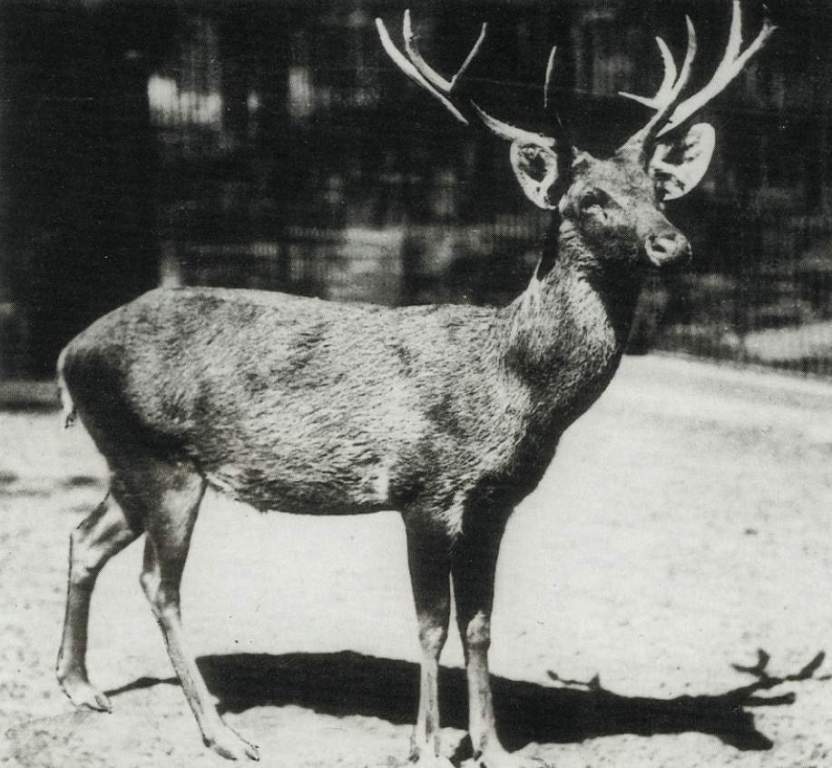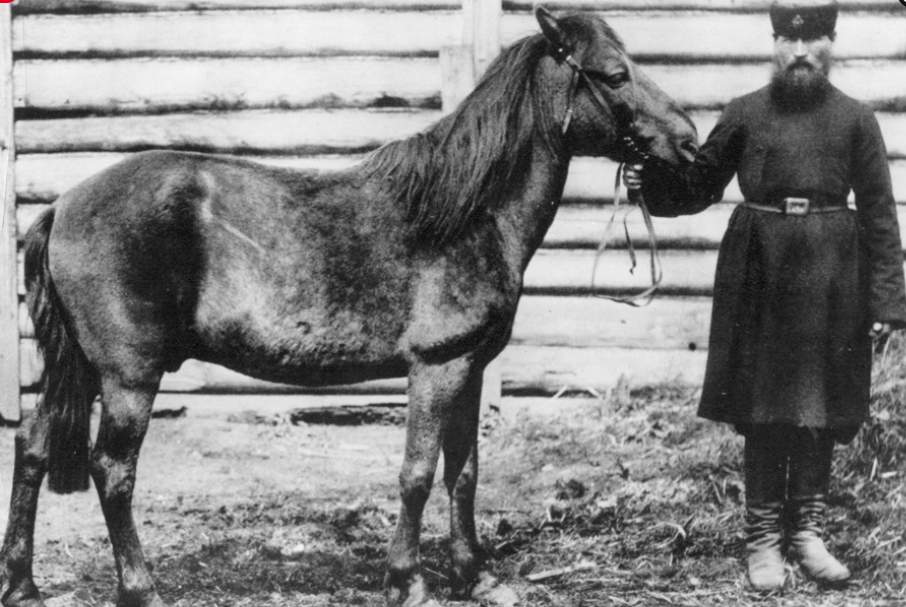How to Keep Your Horse in Good Shape
Horses are incredible creatures that enrich many people’s lives. Whether you’re a competitive rider or a hobbyist, you need to know how to detect illnesses and keep them in the best shape possible. With the proper care and attention, your horse can remain happy and well for many years to come. Keeping your horse in good shape requires a combination of proper nutrition, exercise, grooming, foot care, health check-ups, parasite control, and housing.
To ensure that your horse is receiving the right nutrition, provide a balanced diet of hay, grains, and supplements if needed. Regular exercises such as riding, lunging, or turnout in a paddock are essential for maintaining good health. Grooming your horse regularly helps keep the coat and skin healthy and removes dirt and debris. Trimming hooves regularly is important for foot health and preventing lameness.
Regular veterinary check-ups and dental care can detect and prevent health problems early on. Controlling parasites through regular deworming and fly control helps prevent illness and discomfort. Providing a clean, dry, and well-ventilated living environment is also crucial for maintaining good health. By following these steps, you can help ensure that your horse stays in good physical and mental shape. A horse stable is a building designed to house and care for horses.

Use The Right Equipment
From feed buckets to saddles, having the proper gear is essential for any equestrian. The most important pieces of equipment are brushes, hoof picks, sheets, halters, and leads. These items help you groom your horse’s coat and keep it clean on a daily basis. Investing in quality grooming tools will go a long way toward maintaining your horse’s health.
It’s important to pay special attention to the bridle or saddle that you use while riding. Make sure they fit correctly so as not to put a strain on your horse’s back or neck muscles. By checking out equestrian shops you can find everything, including hats, boots, work shirts, and fleck whips. There are also horse rugs, stable supplies, gear bags, and mesh rug combos. Click here for more information about the right equipment to use.
Provide A High-Quality Diet
Meeting the nutritional requirements of your horse is necessary for its overall well-being and performance. Different types of horses have different dietary needs, so it’s important to understand what will best suit your horse.
Grains, hay, and other roughages make up the majority of a healthy horse diet. Grains should be limited, depending on the activity level and condition of your horse. For example, if it’s overweight or has metabolic issues, you may need to scale back grain consumption (or switch to a low-carbohydrate feed alternative). Quality hay should be provided in generous amounts. Look for hay with plenty of leafy green material and minimal stems or dust particles.
Provide Supplements
Additional vitamins, minerals, and nutrients can provide your horse with an added layer of protection against a variety of health issues while also helping to improve performance.
There are many different types of supplements available on the market today. Some contain ingredients that provide joint support for active horses or those used for competition purposes. Others contain digestive aids such as probiotics and prebiotics, which can help improve digestion and the absorption of important nutrients.
Ensure Regular Activity
Good horse health is essential for any equestrian wanting to enjoy riding and competing. In fact, regular exercise is one of the key components of its overall well-being. It has implications for your horse’s physical and mental condition.
Whether it’s riding, lunging, or hand walking, it’s important to provide your horse with some form of exercise on a daily basis. It’s recommended that you allocate at least 60 minutes of activity per session for an adult horse. This should be split into two sessions throughout the day, if possible.







